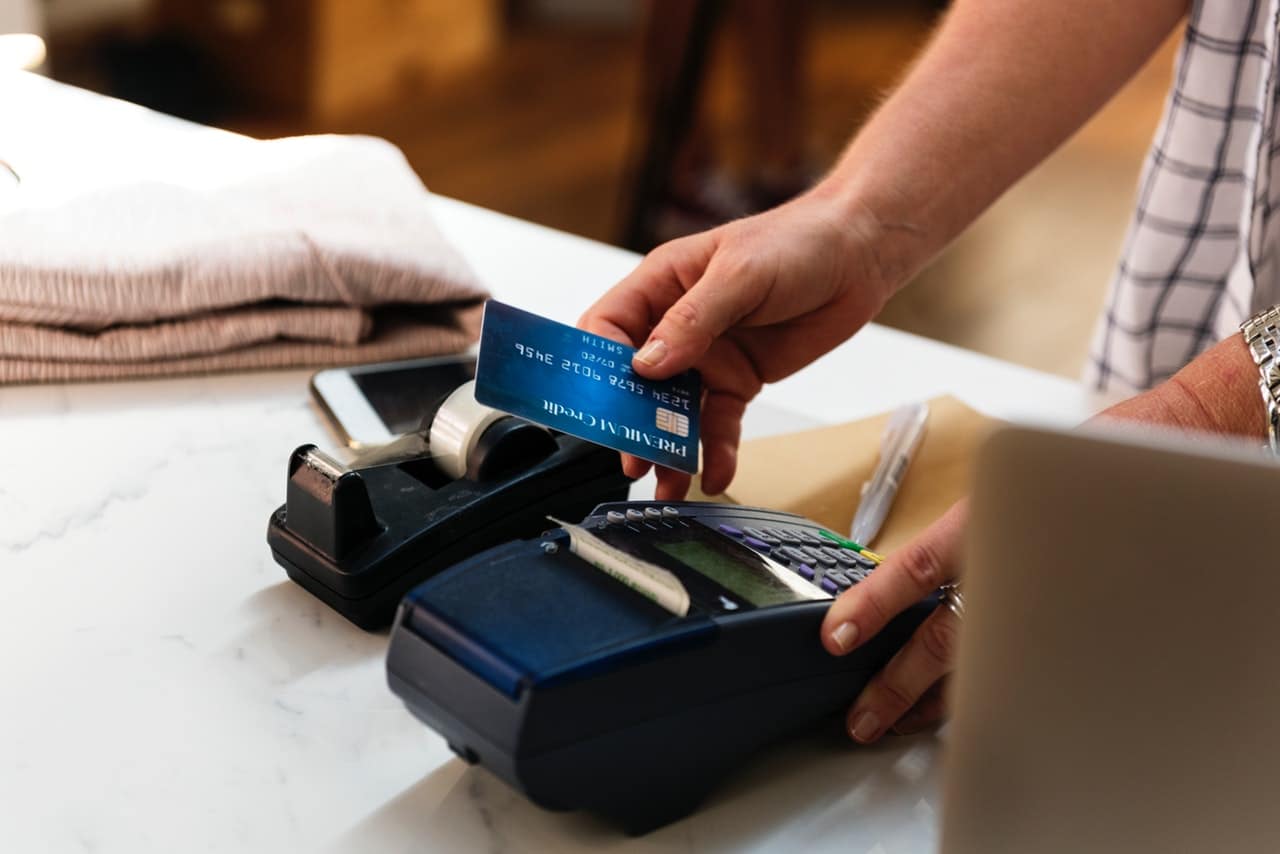If you own a physical business or an e-commerce site, you’re probably already familiar with the concept of the average cart.
It’s one of the elements you need to know and master in your business if you want to increase your sales.
According to several Fevad studies, until 2017, the average e-commerce cart in France was declining and worth €65.5, but it has risen slightly in 2018.
Find out in this article how to calculate the average cart, as well as techniques for increasing it. 
Average cart: Definition and how to calculate it
Definition of Average cart
The average cart is the average amount spent by a customer on your e-commerce site or in your physical store.
One customer may spend €20 in your store, another €90.
The average cart is the average of the total orders placed by your customers.
Calculate average cart
How do you calculate the average cart?
By dividing your total sales by the number of orders.
You can calculate the average cart per day, per month or per year.
Here’s the formula for calculating average cart: sales/number of orders Example
- You have achieved sales of €10,000 for one month.
- A total of 200 orders
- Average monthly cart = €10,000 / 200 orders = €50
Why increase your average cart?
Now that we know how to calculate the average cart, what’s the point of trying to increase it?
Quite simply, to increase your sales at the same time!
In fact, by working on increasing your average cart, with the same number of customers, you’ll be able to increase your sales.
And with the techniques suggested below, you’ll see that it’s generally easier to increase the average cart of each customer than to get more customers. 
Why is your average cart low?
Do you know what influences the average cart?
Knowing how to calculate it is one thing, but knowing what influences the average cart is far more interesting, and enables you to take action to increase it.
The average expenditure of a customer will not be the same in every sector of activity.
A customer won’t spend the same amount in a shoe store as in a bedding store.
Keep up to date with what customers are spending on average in your industry, so you can build up a benchmark.
Compare your average shopping cart with that of a competitor, and find out what makes the difference.
Here are some indicative factors that may cause your average cart to be lower than average:
- Your payment methods are limited.
Your competitor offers its customers 5 different payment methods, while you offer only one.
You close the door on customers who want to buy from you but use other payment methods. - The delivery method is unreliable.
If you offer a tracking system for delivered packages, customers will feel more confident to buy more.
If you don’t, they won’t take the risk of losing their parcel and will order only the item they need, or even order from the competitor. - Your shopping cart may be low because you’re not using any sales techniques to increase it.
Find out in the next section how to increase your average cart.

How to increase your average cart?
Cross-selling
Cross-selling is the act of offering a product that complements the one the customer wishes to buy.
The proposed product must complement the product the customer wishes to buy, so as to interest them and encourage them to consume more. Example If a customer visits the product sheet for a blender, you could also offer to buy a spatula.
It’s safe to assume that someone buying a mixer is interested in cooking or baking, so offering them a spatula makes sense.
You can also use your order history as a guide.
What complementary product do those who already have a mixer buy?
Then propose this product.
Up-selling or moving upmarket
Up-selling means offering your customer a product with greater value than the initial product they wish to buy.
Example The customer wants to buy a simple blender with 3 basic functions.
Offer him another blender with 5 functions, more expensive but much more powerful.
Usually, customers who buy at a higher price thanks to up-selling make an impulse purchase.
So you need to focus on comparative advantages such as the price/feature ratio to win the customer over.
Free delivery
You can offer free delivery above a certain amount.
This will encourage your customers to increase the amount in their cart in order to benefit from free delivery. Example From €50 onwards, delivery is free.
To encourage your customers to go this route, you need to make it easy for them to add another item to their cart.
Don’t forget that when a customer increases their shopping cart, it’s often an impulse purchase. Warning: If the average value of an item is €10, but delivery is offered from €50 upwards, your offer is not interesting.
In effect, the customer is coming to buy a single item.
You can try to get them to buy a second item (€20), but they won’t see the point, as free delivery is only €50.
It will be difficult to get him to buy 5 items (€50) just to benefit from free delivery.
The solution is therefore to offer free delivery for amounts where the addition of a second or third item is sufficient.
Raising your prices
You can also simply raise your prices to increase your average cart.
To do this, you need a well-defined pricing strategy.
A poorly thought-out price increase is likely to drive away some customers and reduce the number of orders.
On the other hand, a good pricing strategy can easily influence the average cart.
To conclude on how to calculate the average cart and how to increase it
With these different sales techniques, you’re now ready to calculate your average shopping cart and, above all, increase it for your online store.
Don’t hesitate to contact me if you need any assistance with your e-commerce.
As a Prestashop expert since 2008, I’d be delighted to help you.


